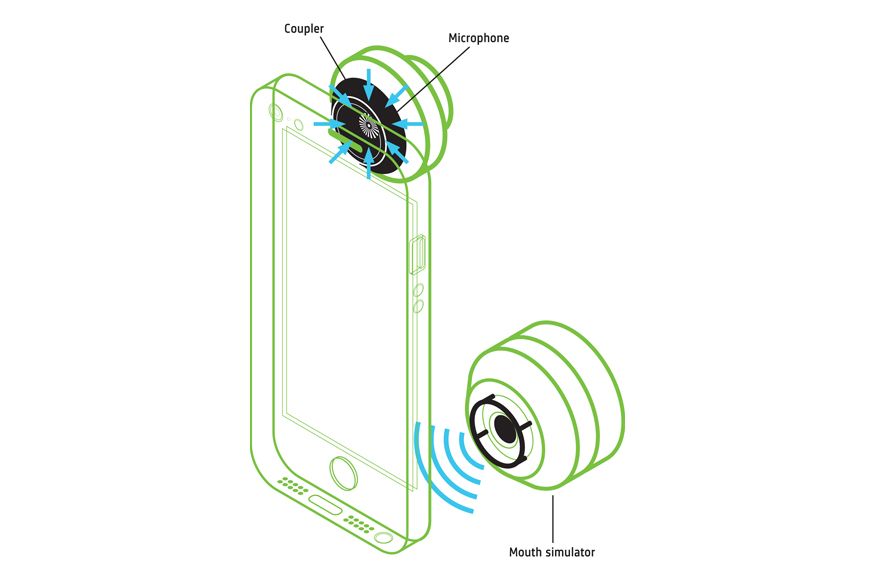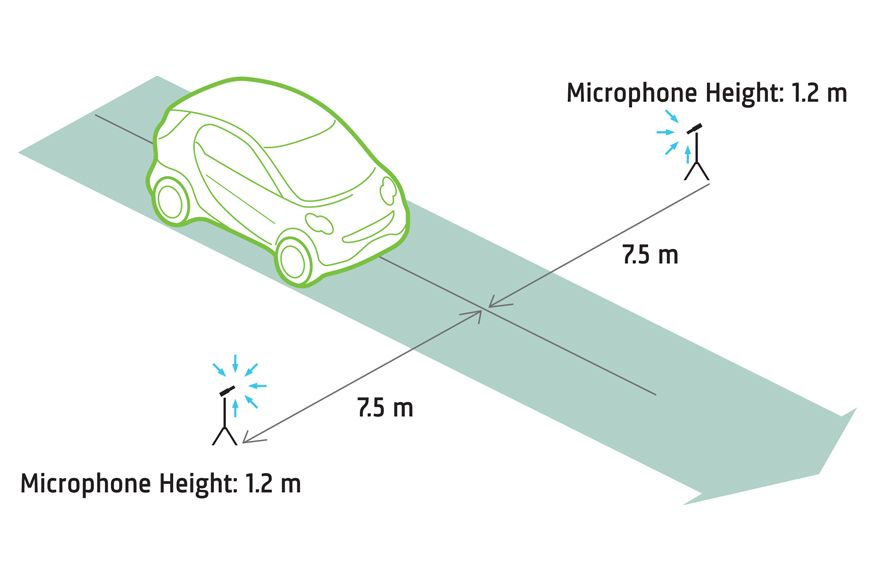BRÜEL & KJÆR
MICROPHONES
Once the frequency range and sound level range of interest is defined, the next question to ask is, “Where will I use my microphone?”. For most uses, the type of sound field is the main parameter to consider.
The concept of the acoustic field is explained in our related article Measurement Microphones Explained and in the Brüel & Kjær Microphone Handbook - available for free download.
Microphone Sound Field
- Free-field microphone: Measurements outdoors or in an anechoic chamber.
- Diffuse-field microphone: Measurements inside - i.e., within a car cabin, you will need an (a ½-inch free-field would underestimate the sound pressure about 6 dB at 20 kHz)
- Pressure-field microphone: Measurements performed in small, closed couplers. As an example, to measure headphone performance, or close to hard, reflective surfaces.
Specialized Microphones
For specialized measurement applications, Brüel & Kjær provide several models to choose from:
LEARN MORE
MICROPHONE TYPE 4964
MICROPHONE TYPE 4192
MICROPHONE TYPE 4941
MICROPHONE TYPE 4948
MICROPHONE TYPE 4949
MICROPHONE TYPE 4182
- Very high- and ultra-low frequency measurements require microphones specially designed for one extreme or the other - but never both. Microphone type 4964 and type 4193 are perfect for ultra-low-frequency measurements. However, for the very high-frequency end you will need a microphone like Type 4138 is needed (up to 140 kHz)
- Extremely high-pressure sound levels require a robust microphone such as microphone type 4941. Inflow measurements may require a flush-mounted or small-footprint microphone like microphone type 4948 or type 4949
- Particularly small spaces, awkward placements, or harsh environments can also require specialized microphones. Type 4182 is a good start – its design provides a very high acoustic impedance probe tip (to minimize the effect on the measurement) and it can be used to measure in temperatures up to 700°C
Microphone Polarization
Prepolarized or externally polarized?
In most cases, once you have defined the application, you can refine and choose between
- Prepolarized microphone (less expensive and simpler cables, easier conditioning, greater reliability in extreme humidity)
- Externally polarized microphone (often with a higher dynamic range and able to withstand higher temperatures).
Finally, remember that choosing a microphone with a larger membrane will generally lower the inherent noise and increase the sensitivity, while microphones with a smaller membrane will be able to measure higher sound pressure levels, have an extended frequency range and be less sensitive to the angle of incidence of the incoming sound wave.

Suscríbase a nuestro boletín informativo y recibirá las últimas noticias de B&K sobre sonido y vibración




